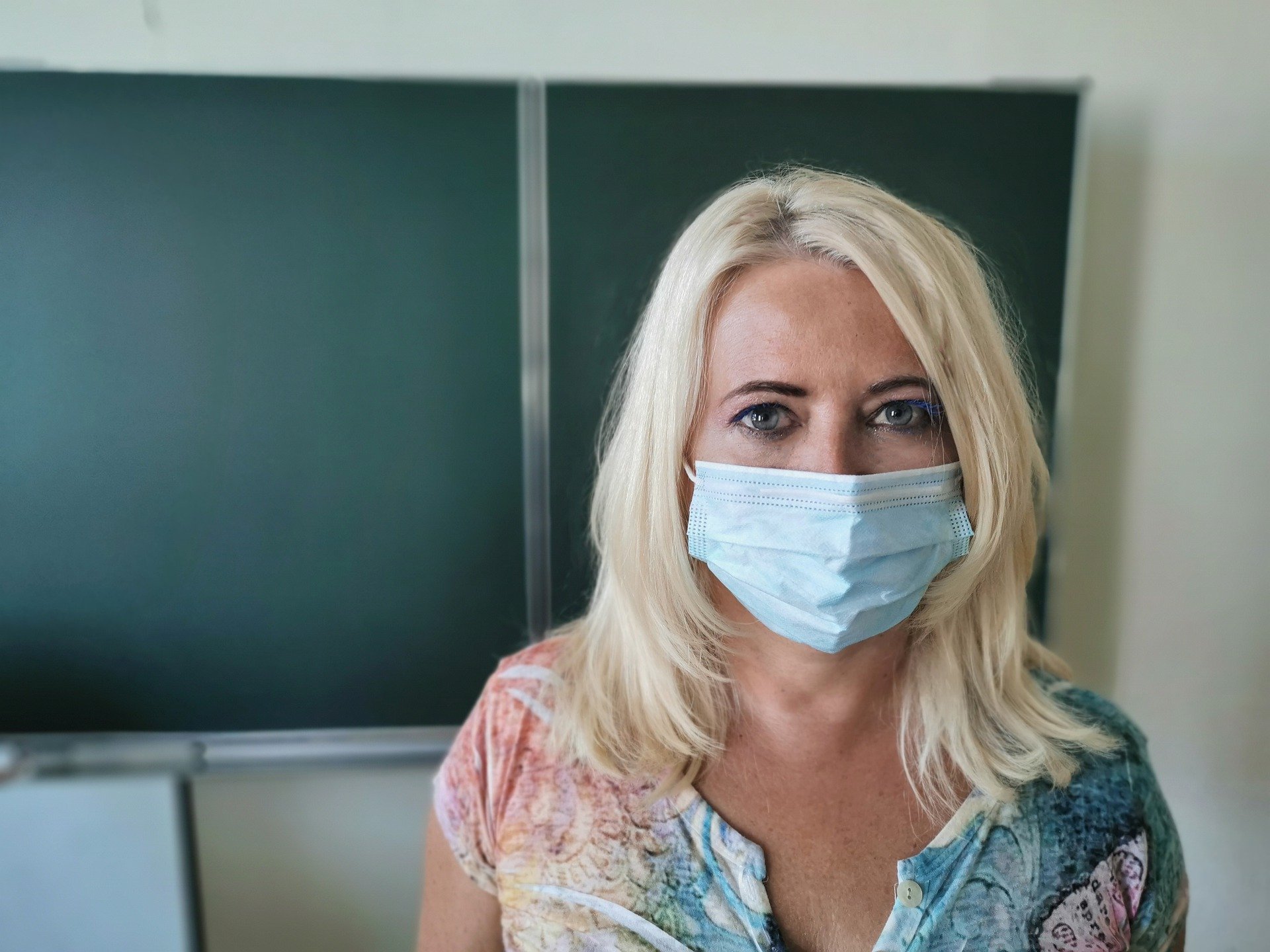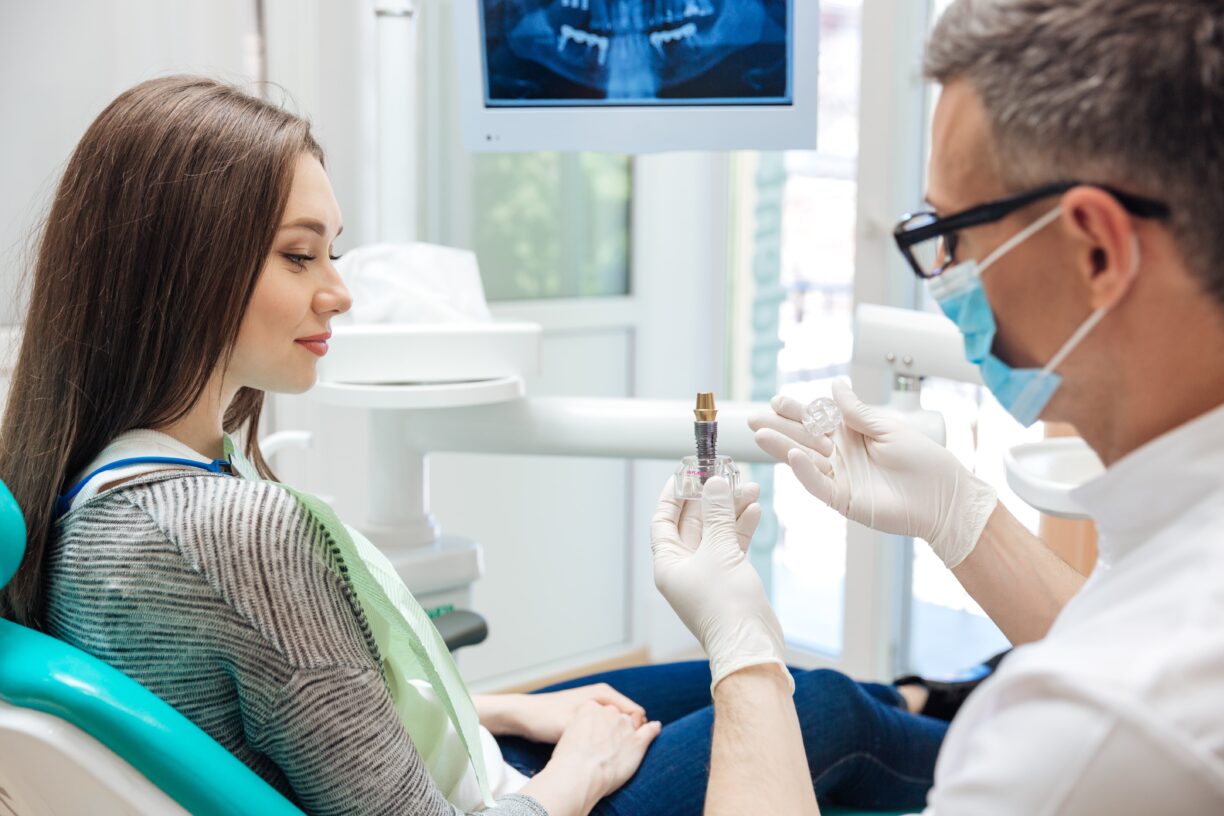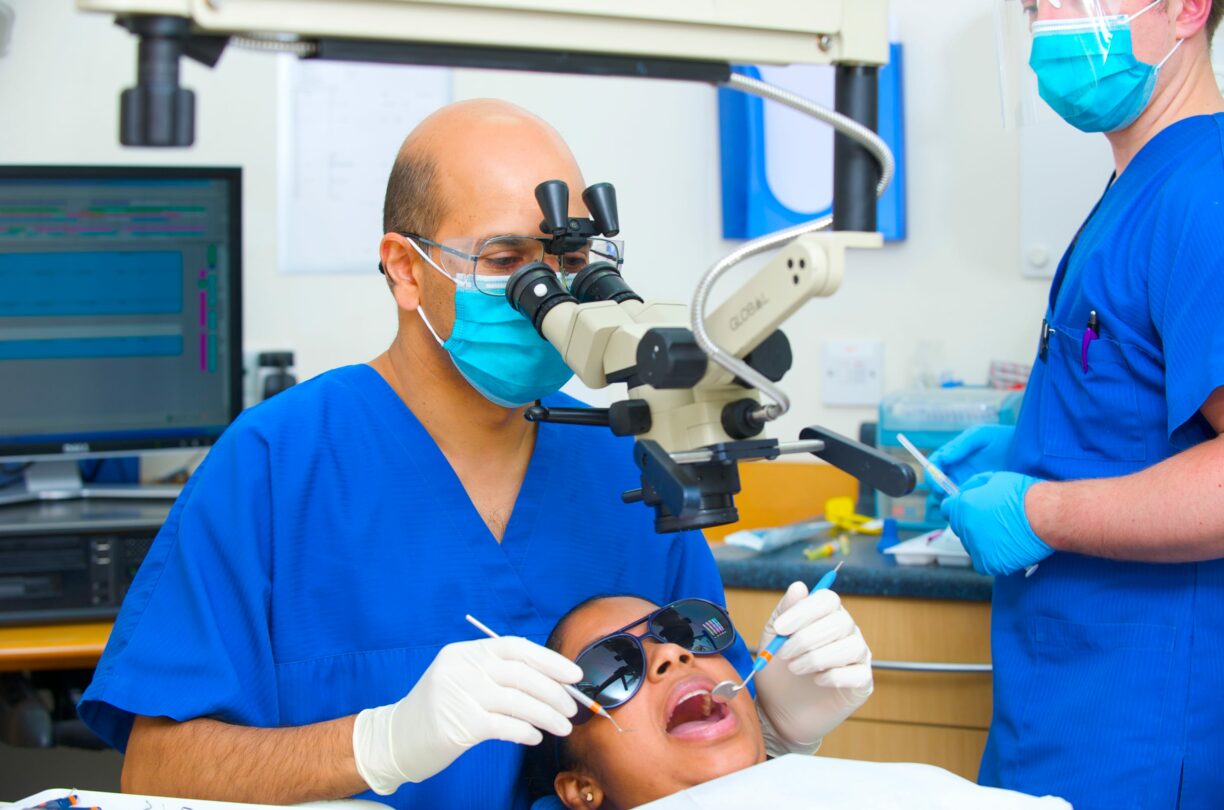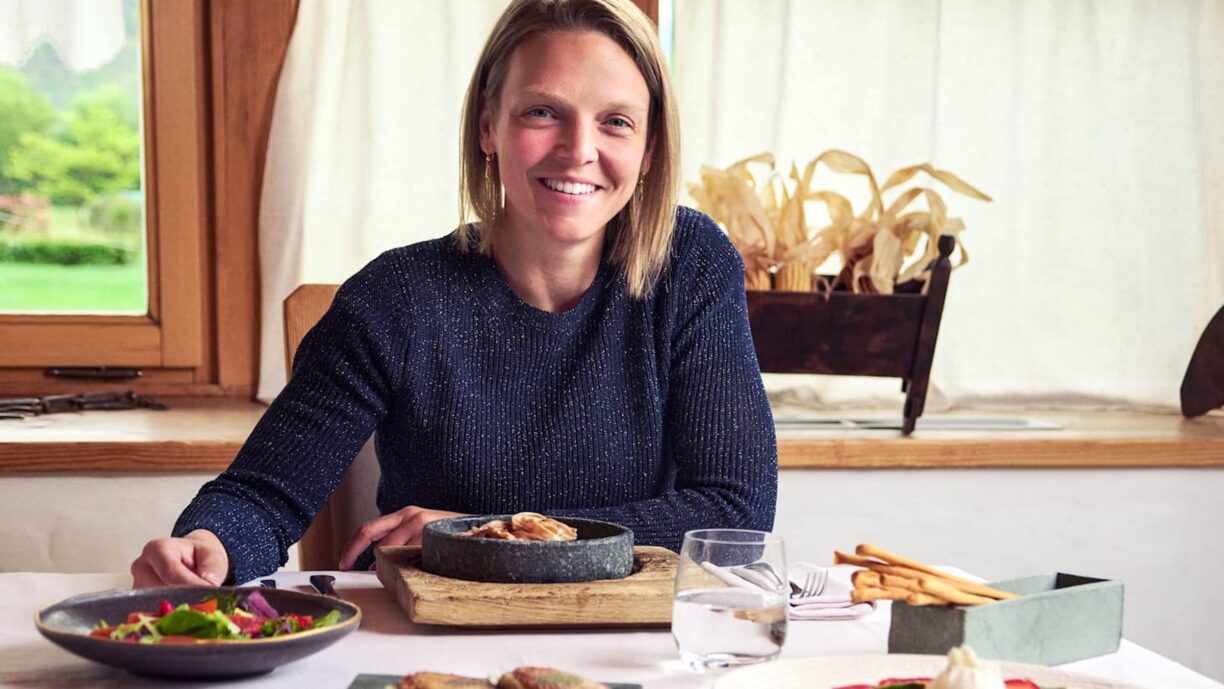Do you struggle when it comes to reading people now that they are hidden behind a face mask? Well fear not, we have a body language expert on hand to guide you on reading people’s facial expressions.
New research reveals that 76 per cent of us struggle to read others when they are wearing a face covering, with more than half mistaking their expression completely.
Ex-Big Brother’s Bit on the Side and Body Language expert, Judi James Judi James reveals her top tips – and not surprisingly, it is all in the eyes.
She indicates a genuine-looking eye-smile should involve some wrinkling at the corners and the rounding of the cheeks.
An ‘eye-flash’ – where the eyes narrow in the eye-smile but the brows pop up and down again in one rapid movement – can signify someone is flirting and ‘likes what they see’.
While a rounding of the eye suggests shared excitement and those who are in love will have dilated pupils – giving true meaning to the ‘look of love’.
But not all eye-signs are indicators of happy feelings – as Judi points out, there are tell-tale signs of someone feeling disgusted or angry.
To recognise disgust on the face of someone wearing a mask, you should look out for a puckered frown, narrowed eye shape and a wrinkling of the skin at the bridge of the nose.
While anger is typically displayed with knitted brows that come as low as possible over the eyes plus a hard eye-stare with the eyes slightly rounded. The head would be tilted slightly forward too.
Speaking on behalf of Vision Direct, which commissioned the study of 2,000 adults and the research into eye expressions, Judi James said: “The human animal has always depended on facial expression as a way of social and workplace communication and over the years the key focus has been the mouth.
“We have come to depend on this widening of the lips as a rapport-building social shorthand, which is why the wearing of face masks has caused worries in terms of closing down our ability to communicate.
“The good news is that our eyes are more than capable of taking over the job of transmitting and reading non-verbal signals, in fact one of the reasons we tend to direct attention to our mouth expressions is that our eyes are such strong (and more honest) conveyors of moods and emotions.”
Vision Direct’s findings illustrate more than two thirds of adults struggle to see how someone is feeling when they have a mask on and four in 10 have been misunderstood themselves when wearing a face covering.
More than six in 10 adults admit to having not understood what someone was saying when they had a mask on, and 42 per cent put this down to not being able to see their lips.
In particular, 55 per cent have mistaken someone’s expression – with seven in 10 now trying harder to study and read someone’s eyes to guess what face they are making behind the mask.
And 71 per cent of those polled via OnePoll agree the eyes are a key indicator of an expression – if only they knew how to read them.
Judi James added: “My worry is that if we don’t make a few simple tweaks to our body language, moving the focus of sending and receiving non-verbal signals via the eyes rather than the mouth, we will begin to avoid vital communications that make us feel happy and safe, like greeting neighbours in the street or all those small chats with shop-keepers or even clients when we are doing business.
“Reading other’s eye expressions is important but we also need to be aware of our own. Our ‘resting’ faces can make us look miserable and unapproachable and without all those mouth shrugs or grins in our repertoire we need to make an active effort to use our eyes to transmit friendly smiles and expressions of empathy.”
On the back of the research, Vision Direct has created a quiz to test the nation on its ability to recognise key everyday expressions – via the eyes.
To take the quiz visit www.visiondirect.co.uk/facial-expressions-under-the-face-mask
Karen Foster, Research Manager at Vision Direct, said: “As face masks prevent us from revealing our true facial expressions, possibly resulting in a breakdown of communication, it’s really up to our eyes to perform.
Plus, if you add glasses into the mix, they can act as a further block in terms of conveying non-verbal signals, particularly if they fog up due to your mask.”
JUDI JAMES’ TOP TIPS:
1. THE EYE-SMILE
‘Smile like a cat’ is my tip, as cats ‘smile’ by narrowing and softening their eye shape. A genuine-looking eye-smile should involve some wrinkling at the corners and the rounding of the cheeks that occurs when we perform an authentic smile will push the lower lid upward slightly too.
2. THE EYE-FLASH
The eye-flash can work like a micro-handshake and suggest good humour and a liking of the other person. The eyes narrow in the eye-smile but the brows pop up and down again in one rapid movement. It can also be used as a momentary tie-sign with other people, even strangers. The eye-flash has another use, though. In a social situation like a bar or club it is often thrown to flirt as it can signal ‘I like what I see’.
3. FUN/HUMOUR
This is a vital gesture during what can be depressing times and we tend to be attracted to people who can lighten and boost our mood in among all the gloom. Fun is a two-part eye ritual. Part one involves a rounding of the eye to suggest shared excitement, but with the brows kept in their normal position to avoid looking scared or shocked. Part two is the narrowing, eye-smile shape, with a subtle lowering of the top lid.
4. DISLIKE/DISGUST
When we dislike something, we tend to mimic the rituals of a baby rejecting food. For the eyes this involves a puckered frown, narrowed eye shape and a wrinkling of the skin at the bridge of the nose. This is one of many facial expression rituals that are linked directly to the survival response. When food smelled bad it would cause this automatic closing of the mouth and eyes and often a shaking of the head to make eating it impossible.
5. LOVE/ATTRACTION/LIKING
Our eye expression softens when we see someone we like and it forms ‘the look of love’ when we gaze at our partner. There’s a very dramatic non-verbal give-away too though that only comes from the eye. Pupil dilation is a physiological response when we look at someone we like or love and as it occurs naturally and can’t be simulated it’s one of the greatest ‘tells’ in terms of our body language.
6. FEAR
Fear is primarily an eye expression and involves a rounding of the eye shape and a small puckering together and upward of the inner brows.
7. SURPRISE/SHOCK
This is another eye expression that is prompted by the survival response as the widening of the eye would allow for better vision during a surprise attack.
The eyebrows raise in an arch and the eyes widen so that the white of the eye is visible nearly all the way around the pupil.
8. CONCERN/EMPATHY
Many people are sharing their troubles right now and it is important to show concern via the eye expression. The brows need to be pulled into a gentle frown but the eye shape itself needs to be softened to avoid the frown looking angry. A small head-tilt signals active, empathetic listening.
9. ANGER
Eye signals can vary depending on the levels of anger but a classic expression would be knitted brows that come as low as possible over the eyes plus a hard eye-stare with the eyes slightly rounded. The head would be tilted forward slightly, too. Another signal of growing anger or feelings of being under pressure is the eye-stutter where the blink rate quickens.
10. DISBELIEF/DISTRUST
When we’re confused or puzzled or suffering from mixed emotions the facial expression becomes asymmetric, meaning parts of the face will be sending out contrasting signals from others. With the eyes you might see one brow raising while the other is lowered or remains neutral or even one eye crinkling in a smile while the other stays more rounded.





